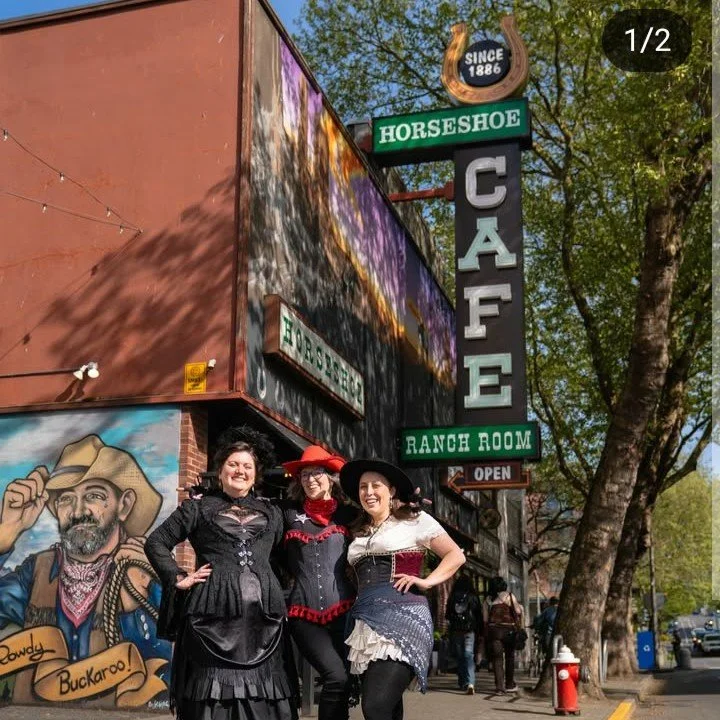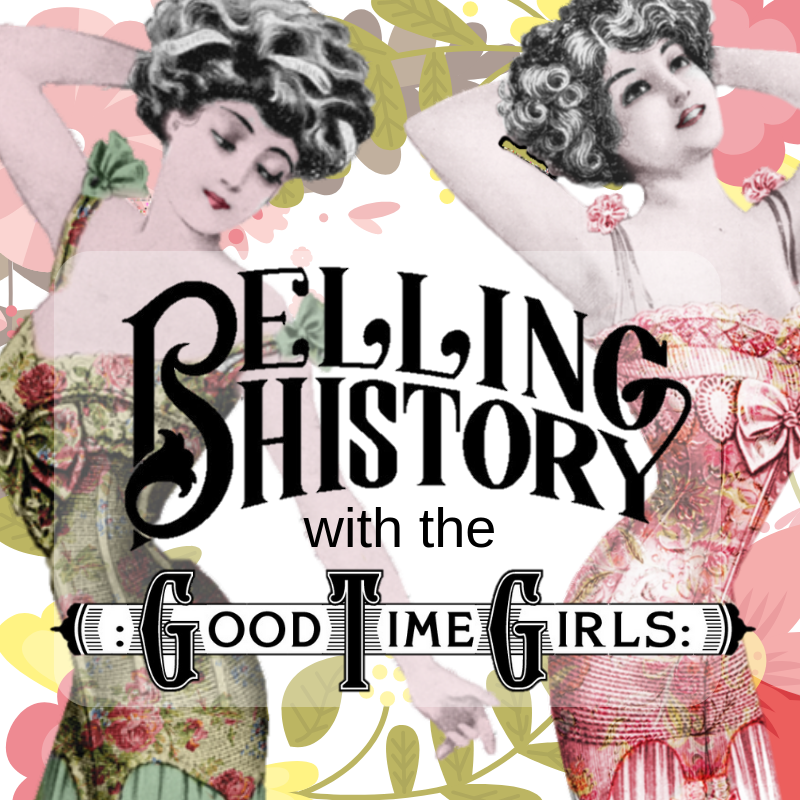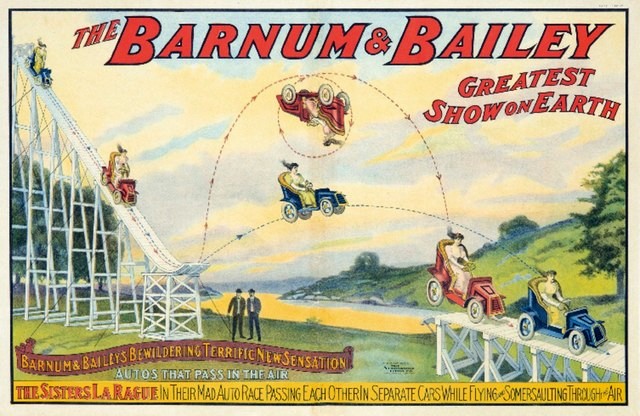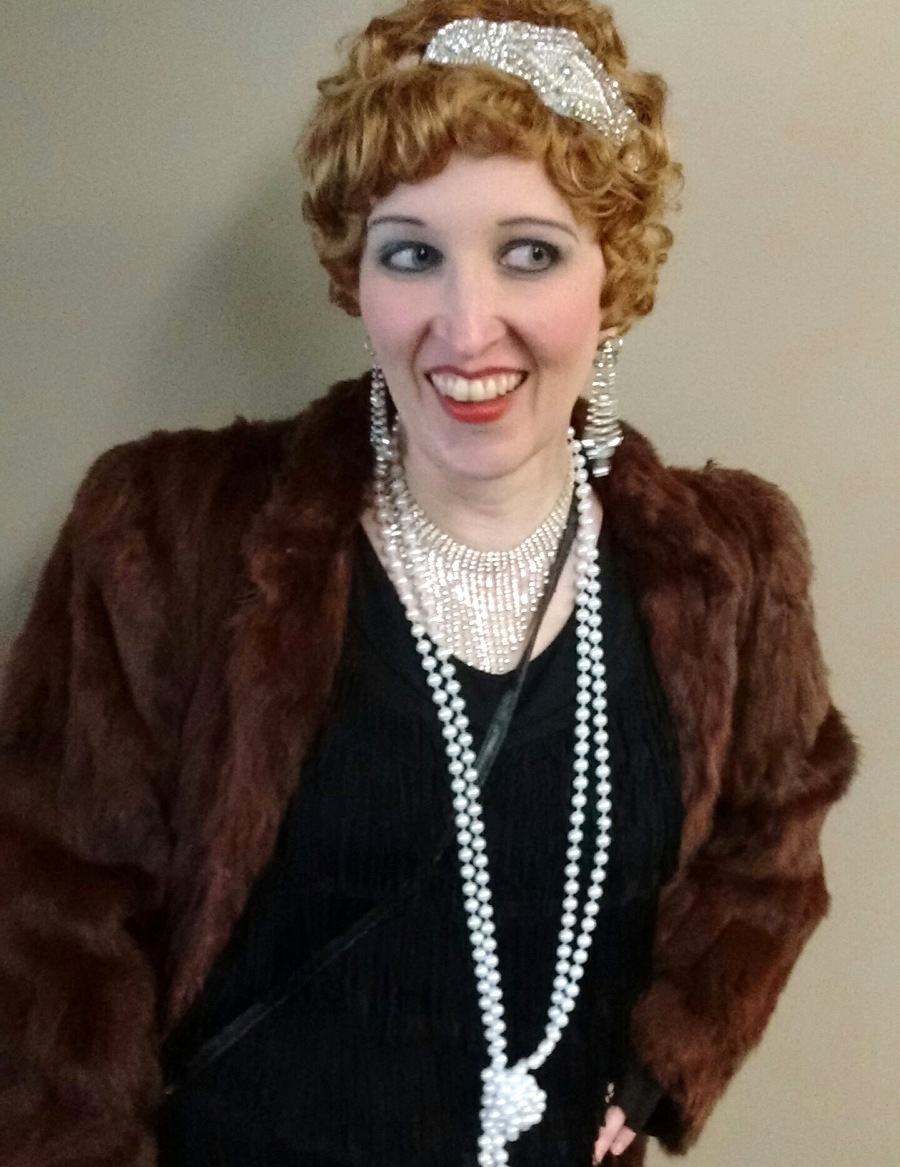Blog Posts and Podcast Notes
Featured

Mid-Season News!
Historical Research
Kolby LaBree
Historical Research
Kolby LaBree
Message In A Bottle
A message in a bottle was found on a beach in B.C., originally dropped in the ocean by a guy named Earl Willard en route from “Frisco” to Bellingham in 1906. The find made news partly because it may be the oldest surviving message in a bottle to date. We also found it exciting that the message inside listed a visible Bellingham address!
Featured




























